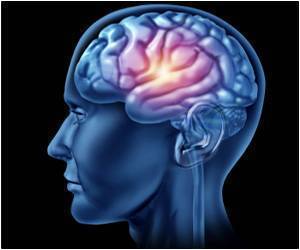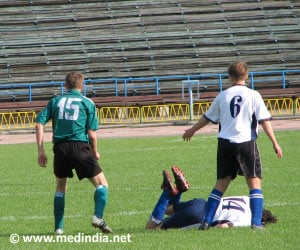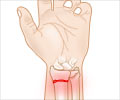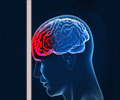Half of high school football players would continue to play if they had a headache stemming from an injury sustained on the field.

The study will be presented May 6 at the annual meeting of the Pediatric Academic Societies in Washington, DC.
"We aren't yet at the point where we can make specific policy recommendations for sports teams, but this study raises concerns that young athletes may not report symptoms of concussions," says Brit Anderson, MD, an emergency medicine fellow at Cincinnati Children's and the study's lead author. "Other approaches, such as an increased use of sideline screening by coaches or athletic trainers, might be needed to identify injured athletes."
Dr. Anderson and colleagues at Cincinnati Children's surveyed 120 high school football players. Thirty reported having suffered a concussion, and 82 reported receiving prior concussion education. The vast majority of athletes recognized headaches, dizziness, difficulty with memory, difficulty concentrating, and sensitivity to light and sound as concussion symptoms. More than 90 percent recognized the risk of serious injury if they returned to play too quickly.
Despite these high levels of awareness, 53 percent responded that they would "always or sometimes continue to play with a headache sustained from an injury," and only 54 percent indicated they would "always or sometimes report symptoms of a concussion to their coach."
"Further study on concussion education in adolescent athletes and on ways to identify high school athletes who have sustained a concussion would be useful," says Dr. Anderson.
Advertisement
Source-Eurekalert












